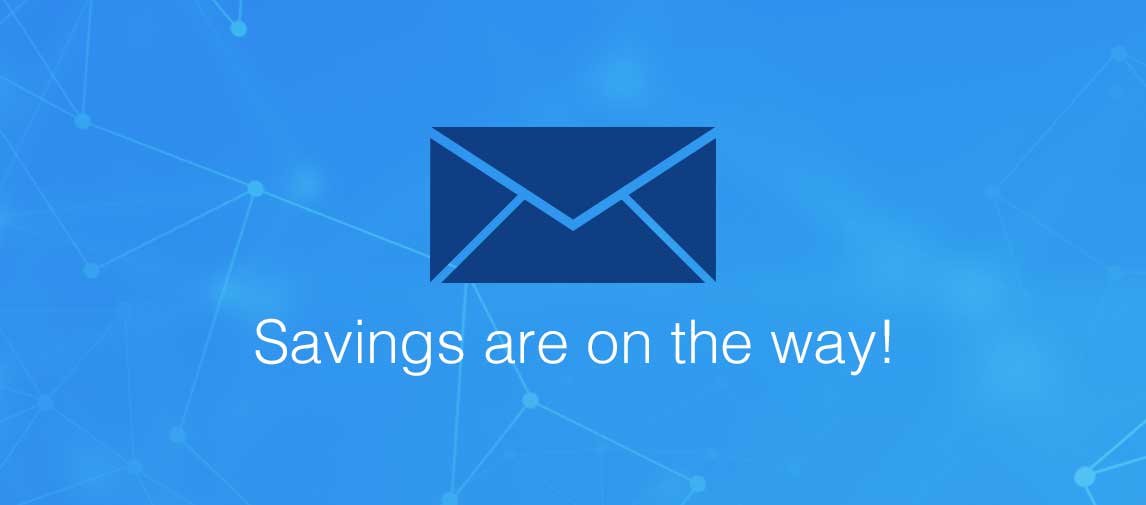title
Please take a moment to fill out this form. We will get back to you as soon as possible.
All fields marked with an asterisk (*) are mandatory.
IBM Engineering Lifecycle Management Training Courses
Browse our extensive catalog of IBM ELM courses, on everything from the full CLM tool suite, including DOORs Next Generation, Team Concert, and Quality Manager v6.0.3 to ClearCase and ClearQuest.

Course List
-
Essentials of IBM DOORS Next
QN1002GW
This course teaches analysts and engineers how to define, elaborate, organize, and manage textual and graphical requirements . . .
- Duration: 8 Hours
- Delivery Format: Self Paced
-
IBM Engineering Requirements Management DOORS 9.7 (DOORS Classic) Advanced
ZT-ZDA97
This 1-day course builds on the course IBM Engineering Requirements Management DOORS 9.7 – Introduction and is designed for . . .
- Duration: 1 Day
- Delivery Format: Classroom, Virtual
-
IBM Engineering Requirements Management DOORS 9.7 (DOORS Classic) DXL Programming
ZT-ZDD97
This 2-day course teaches the basic principles of writing and applying the IBM Engineering Requirements Management DOORS . . .
- Duration: 2 Days
- Delivery Format: Classroom, Virtual
-
IBM Engineering Requirements Management DOORS 9.7 (DOORS Classic) Introduction
ZT-ZDI97
This 1-day course teaches analysts and engineers how to define, elaborate, organise, and manage textual and graphical requirements . . .
- Duration: 1 Day
- Delivery Format: Classroom, Virtual
-
IBM Engineering Requirements Management DOORS 9.7 (DOORS Classic) Reviewer
ZT-ZDR97
This 1-day course is intended for those who will work with existing requirements data in DOORS, often provided by 3rd parties . . .
- Duration: 1 Day
- Delivery Format: Classroom, Virtual
-
IBM Engineering Requirements Management DOORS Next 7 (DNG) Introduction
ZT-ZDNI7
This 1-day course teaches analysts and engineers how to define, elaborate, organise, and manage textual and graphical requirements . . .
- Duration: 1 Day
- Delivery Format: Classroom, Virtual
-
IBM Engineering Requirements Management DOORS Next 7 (DNG) Project Configuration
ZT-ZDNC7
This 1-day course focuses on configuration of project areas and global settings. You will learn best practices, possibilities . . .
- Duration: 1 Day
- Delivery Format: Classroom, Virtual
-
IBM Engineering Requirements Management DOORS V9.6 - DXL
QN301G
This course teaches experienced IBM Engineering Requirements Management DOORS users the basic principles of writing and applying . . .
- Duration: 16 Hours
- Scheduled Classes : 5 Scheduled Classes
- Delivery Format: Classroom, Virtual
-
IBM Engineering Requirements Management DOORS V9.6 - Foundation
QN101G
This course is for new IBM Engineering Requirements Management DOORS (DOORS) users. It introduces basic DOORS concepts and . . .
- Duration: 8 Hours
- Scheduled Class : 1 Scheduled Class
- Delivery Format: Classroom, Virtual
-
IBM Engineering Requirements Management DOORS V9.6 - Practitioner
QN201G
This course builds on the content learned in the “IBM Engineering Requirements Management DOORS V9.6 - Foundation” course. . . .
- Duration: 8 Hours
- Scheduled Classes : 5 Scheduled Classes
- Delivery Format: Classroom, Virtual
-
Developing Software with IBM Engineering Workflow Management
QN1010GW
Developing Software with IBM Engineering Workflow Management is a course designed as an introduction to the solution for . . .
- Duration: 8 Hours
- Delivery Format: Self Paced
-
IBM Engineering Lifecycle Management for Business Analysts
QN1008GW
This course teaches analysts and engineers learn how to define, elaborate, organize, and manage textual and graphical requirements . . .
- Duration: 12 Hours
- Delivery Format: Self Paced
-
IBM Engineering Lifecycle Management for Developers
QN1007GW
This course bundles content from DOORS Next, Engineering Workflow Management, and Engineering Test Management courses. It . . .
- Duration: 12 Hours
- Delivery Format: Self Paced
-
IBM Engineering Lifecycle Management for Quality Professionals
QN1006GW
This course bundle provides access to self-paced training pulled from the DOORS Next, Engineering Workflow Management, and . . .
- Duration: 20 Hours
- Delivery Format: Self Paced
-
IBM Engineering Workflow Management 7 (RTC) Developing
ZT-ZEWMD7
This 1-day course focuses on configuration management for the development of software or hardware systems. You will learn . . .
- Duration: 1 Day
- Delivery Format: Classroom, Virtual
-
IBM Engineering Workflow Management 7 (RTC) Project Configuration
ZT-ZEWMC7
This 1-day course focuses on configuration of project areas and global settings. You will learn best practices, possibilities . . .
- Duration: 1 Day
- Delivery Format: Classroom, Virtual
-
IBM Engineering Workflow Management 7 (RTC) Project Planning and Tracking
ZT-ZEWMP7
This 1-day course focuses on planning aspects and managing the various team and project work items. You will learn to utilize . . .
- Duration: 1 Day
- Delivery Format: Classroom, Virtual
-
Essentials of IBM Engineering Test Management
QN1005GW
This course introduces test managers to the basics of using Engineering Test Management (ETM) to manage a test effort within . . .
- Duration: 12 Hours
- Delivery Format: Self Paced
-
IBM Engineering Lifecycle Optimization Publishing 7 (RPE) Introduction
ZT-ZPUBI7
This 1-day course teaches how to design and develop document templates in IBM Engineering Lifecycle Optimization Publishing, . . .
- Duration: 1 Day
- Delivery Format: Classroom, Virtual
-
We're sorry there are no current courses meeting your filters, but please contact a training advisor who can suggest alternatives aligned with your goals and interests.
Get Personalized Training Solutions
Need a personalized solution for your Training? Contact us, and our training advisors will guide you.
Need Help? We're Here!
Have questions about courses, instruction, materials covered, or finding the right fit? We're here to help!
Need more Information?
Speak with our training specialists to continue your learning journey.
Talk to our team






